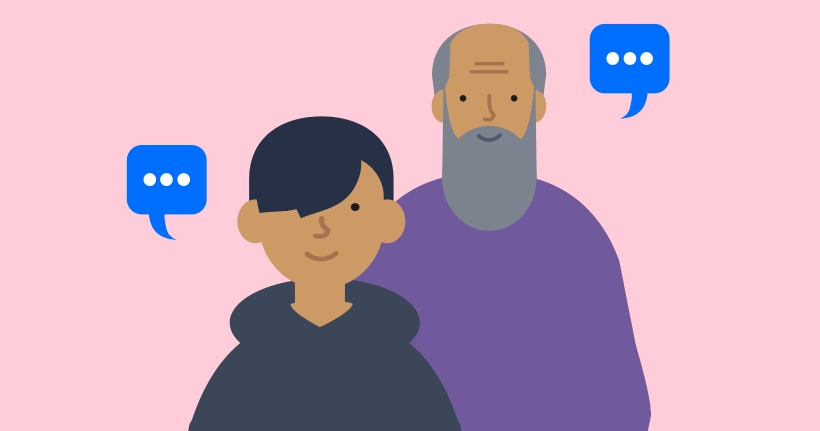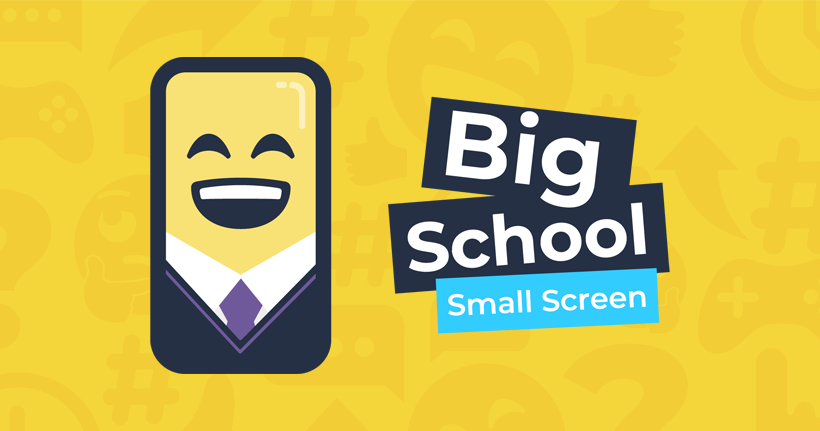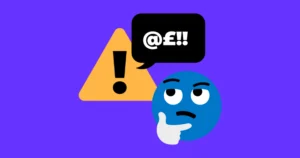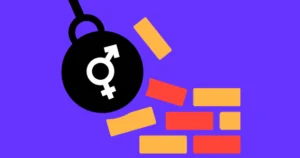Secondary school resources
Free online safety teaching materials
From managing their screen time to navigating cyberbullying or inappropriate content, we have a variety of secondary school resources to help teach teens about safe online use.
On this page
- Online risks for children in Secondary
- Popular apps and platforms
- Featured Secondary classroom resources
- Guides for online safety
Online risks for children in Secondary
The digital world offers a variety of benefits to children and young people, but not all teens understand the harmful risks that may affect them online.
Below are common online safety issues that children aged 11-16 may experience. See what they are and how teachers can support them.
Our research shows that about 13% of 11-12s and 9% of 13-14s experience online bullying, abuse or trolling from both people they know and don’t know. This is an increase from the Primary level.
This increase could be due to increased interest in socialising online and using social media. At secondary school, children are more likely to feel pressure to join social media (even if they’re underage). This opens a world of communication and interaction with others.
Lessons to teach about positive behaviours:
- Tackling Online Hate: Teach children the ins and outs of online hate and how to deal with it if it happens.
- Breaking Down Gender Stereotypes: Explore how harmful stereotypes can lead to bullying and how children can spread positivity online.
Resources for parents:
- Social media safety guides: Share these step-by-step guides with parents to help them engage with their child’s social media usage.
- Social media-ready checklist: Encourage parents to check that their child is ready for social media before giving in. It’s more than just age that they should consider.
Research shows that coming across mis/disinformation online increases with age. Nearly 1 in 4 15-17-year-olds report encountering it.
This can come from the platforms they engage with. Those spreading misinformation or disinformation tend to use social media and video-sharing platforms. Because this is also where teens are, it makes sense they’d come across it.
However, the risks for teens is that they fall into an echo chamber and shape their worldview with misleading ideas.
Resources to promote critical thinking:
- Thinking About Online Challenges: Teach children the importance of thinking below the surface before participating in harmful trends.
- Fact-Checking AI: Explore the skills needed to navigate content potentially generated by AI.
- Real or deepfake?: Guide for teens to help them fact-check information they come across online.
11-12-year-olds are most likely (46%) to say they feel like they spend too much time online. Overall, about 2 in 5 teens agree with this.
In Secondary, children are more likely to use their devices to stay in contact with friends. Additionally, they are likely to use their devices for homework, school and revision. This means that both ‘work’ and ‘downtime’ moments are spent on screens.
Even older children need support to help them find the balance between active screen time, passive screen time and screen time breaks.
Resources for parents:
- Guide to balancing screen time: Share this guide with parents to help them develop good balance and screen time habits with children.
- Screen time advice hub: For more in-depth advice, share this link with parents to help them better understand screen time.
Research shows that self-generated child sexual abuse material (CSAM) is most common among 11-13-year-olds. Additionally, teen boys are most at risk of sextortion in online spaces.
The reasons behind sharing nude images vary. For some, it’s about relationship pressures; for others, it’s threats of exposure. Some scammers might even create AI-generated nude images to coerce young people.
Early education is important and children welcome quality lessons on these topics.
Explore the research:
- Research into self-generated child sexual abuse material (CSAM): Explore the findings from surveys and focus groups about teaching this topic.
- Research into online misogyny and image-based abuse: Explore how misogynistic attitudes influence abuse around sexual image-sharing.
- The new face of digital abuse: Explore research into nude deepfakes and the impacts on young people — especially girls who are most often targeted.
Resources for parents and students:
- What is sextortion? Guide for parents: Share information about sextortion with parents to keep them informed and help them take action.
- Sextortion guide for teens: Help teens recognise the signs of sextortion and what they should do if someone targets them.
- Online child-on-child abuse: Explore how child-on-child/peer-on-peer abuse takes shape online with guides for parents, teens and teachers.
Popular apps and platforms
Learn about the more popular games and platforms that secondary students might use, including their benefits and the issues to watch out for.
TikTok is a social video-sharing platform popular among children at Secondary. Millions use the short-form content platform around the world for content creation, learning, shopping and more.
WhatsApp is the primary messaging app for many people. For teens, it’s often used as a type of social platform with large groups, image-sharing and chats.
Snapchat is a social media app which features disappearing messages and filters. It prioritises image- or video-based messages more than text messages. This makes chatting with strangers risky.
YouTube is the most popular video-sharing platform among children. While some create content, most consume content. It offers both long-form and short-form content. Like TikTok, many use it to learn or as a search engine.
Discord is an app that lets users communicate with others who share similar interests. It’s used commonly by those who play certain video games, but there are servers for all sorts of hobbies.
Instagram is a social media platform that focuses on image- and video-sharing. Users can engage with friends or find content creators focused on a range of topics.
Featured Secondary classroom resources
From detailed lessons to unique tools, these resources for secondary school cover some of the most important online safety topics for children in secondary school.
In the teacher's hub
Guides for online safety

Digital safety at a glance: 11-13s
Learn what 11-13-year-olds do online, the issues they face and how to support them.

Moving to secondary guide
Find resources for teachers and parents to make the transition to Secondary smoother.
 Close video
Close video
 Close video
Close video
 Close video
Close video
 Close video
Close video
 Close video
Close video








